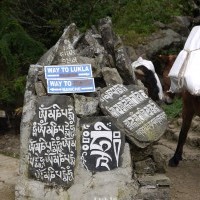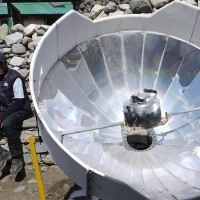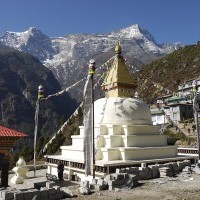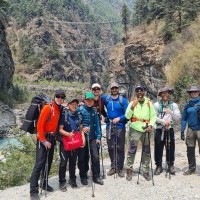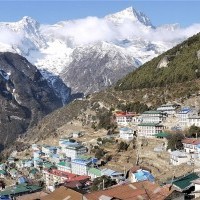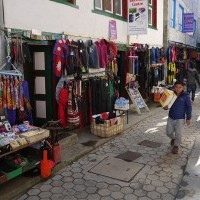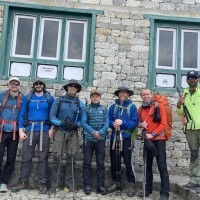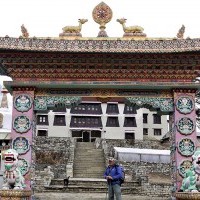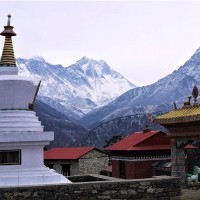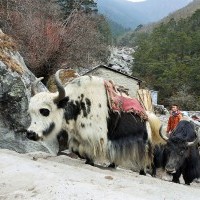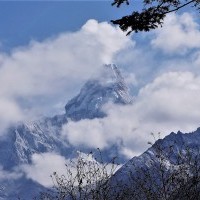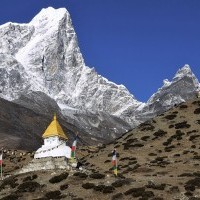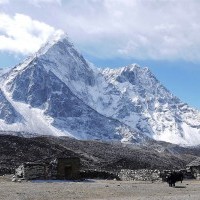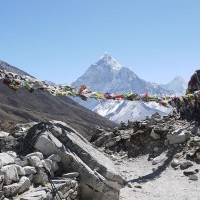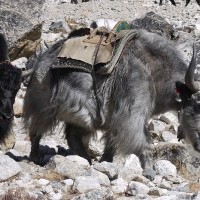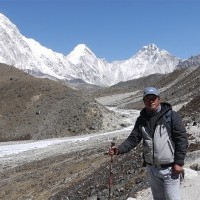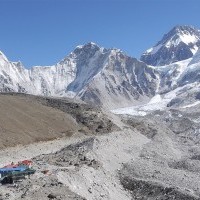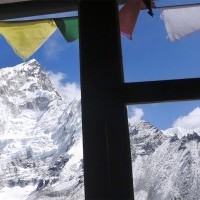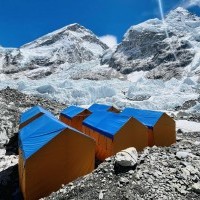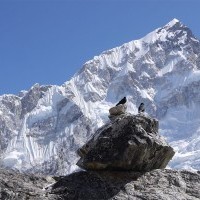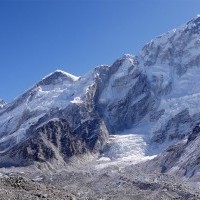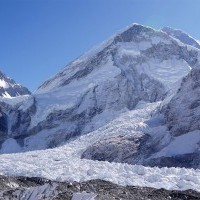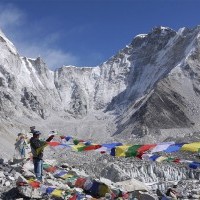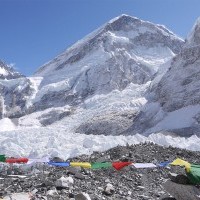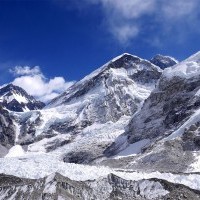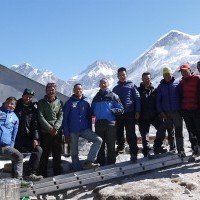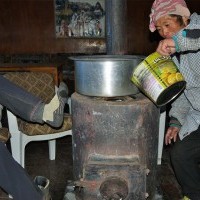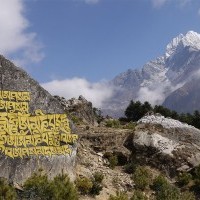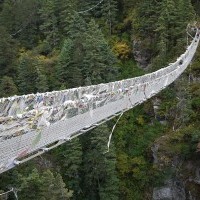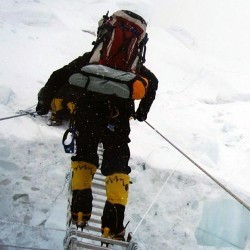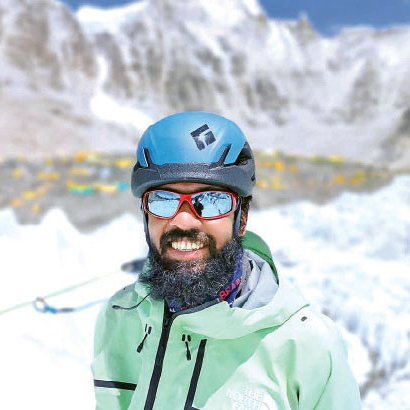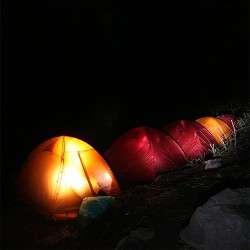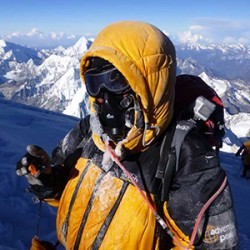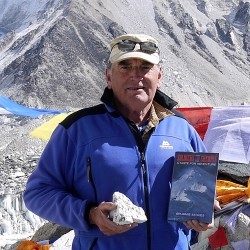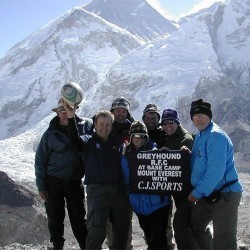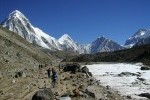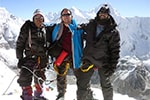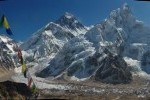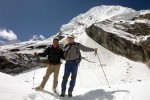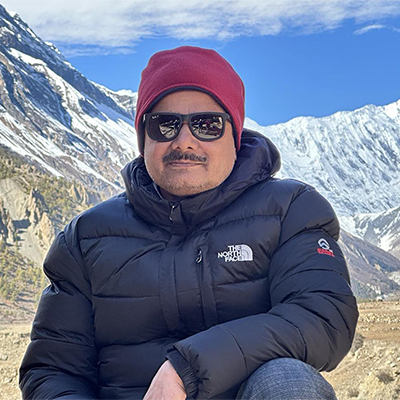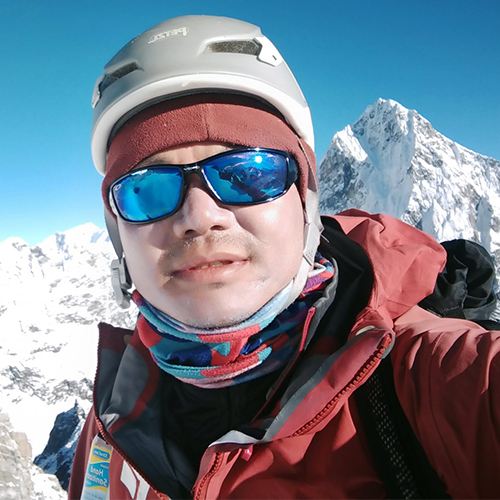Trip Overview
The traditional start point for the Everest Base Camp trek was Jiri Bazar but most trekkers now begin their Khumbu adventure with a short but ‘exciting’ flight to Tenzing-Hillary Airport, Lukla(2840m). From Lukla the trail descends and follows the Dudh Koshi (Milk River) to Jorsale (2740m) before crossing the spectacular Larja suspension bridge and climbing steeply to Namche Bazar (3440m) the bustling Sherpa capital. It is important not to rush the climb as the relative oxygen level is already near 70%! At least two nights will be spent in Namche allowing you to become accustomed to the rarified atmosphere. On the rest/acclimatization day you can visit the Everest View Hotel and Sherpa Museum.
The next phase of the trek will take you to Dingboche via the famous Tengboche Monastery (Dawa Choling Gompa) and Deboche. Having gained considerable altitude, it is essential to take another acclimatization day at Dingboche before ascending to Lobuche. On the way to Lobuche you will pass memorials to the many climbers who have been lost on Mt. Everest. At just under 5000m Lobuche is situated just above the west moraine of the Khumbu Glacier. From Lobuche it is a steady climb to Groak Shep and Everest Base Camp. For the best view of Mt. Everest, Nuptse, Lhotse and the Khumbu Icefall you will ascend Kala Patthar(5550m), it is a demanding climb, in rarefied air, but well worth the effort.
The route out is far less demanding but not without excitement with even more incredible mountain views. Ahead of you for at least a day will be the Matterhorn of the Himalaya, Mt. Ama Dablam (6856m). You will have time for shopping, coffee and cake in Namche before the final climb to Lukla for your return flight to Kathmandu.
Lukla Flight
Please be advised of changes to Lukla flights that may affect your itinerary. During peak seasons (March-May, October-November), flights are operated from Ramechhap/Manthali, a 5-6 hour drive from Kathmandu, due to air traffic expansion. During non-peak seasons (January-February, June-September, December), flights operate from Kathmandu. Factors such as weather, air traffic, and topography can cause delays or cancellations. It is highly recommended to add 1-2 buffer days to your itinerary to accommodate potential disruptions and ensure timely international departures.





